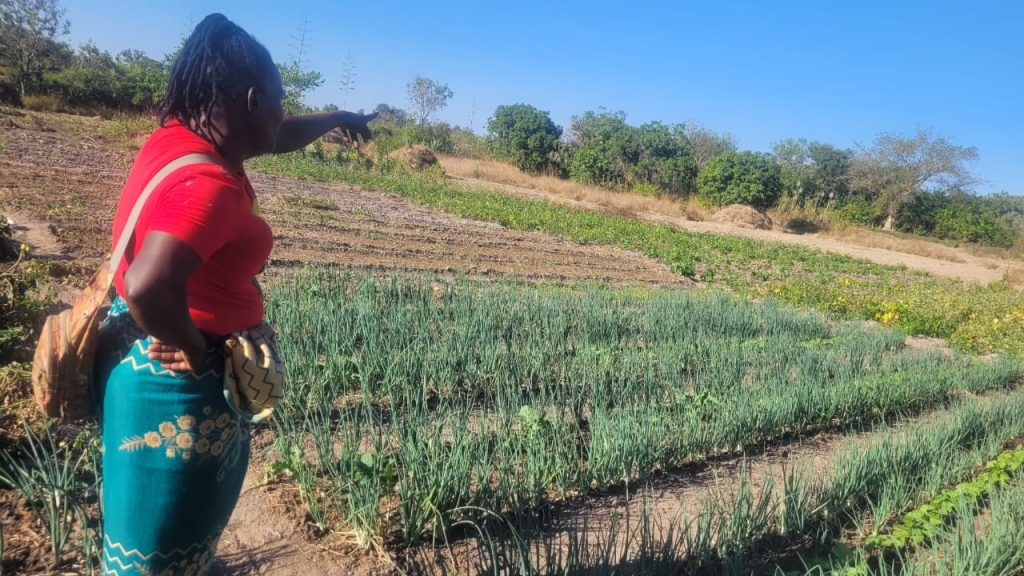DT Correspondent
The Food and Agriculture Organisation (FAO) has provided a significant boost to Zimbabwe’s Fisheries and Aquaculture Resources Department (FARD) with a US$500,000 injection.
The funding aims to support the refurbishment and expansion of government hatcheries, promoting food security and sustainable livelihoods.
Under the Technical Cooperation Programme (TCP), the government’s fish breeding sites, including Henderson, Makoholi, and Matopos Fisheries units, will undergo renovations and upgrades.
During the official launch of the TCP, Deputy Minister of Lands, Agriculture, Fisheries, Water, and Rural Development (MLAFWRD), Davis Marapira, highlighted the importance of the funding as an accelerator towards achieving the government’s fish subsector target of US$1.2 billion by 2030.
“The program we are launching today, with a budget of US$500,000, will play a significant role in developing the fisheries and aquaculture sector in the country,” said Marapira.
He outlined the program’s activities, which include the construction and refurbishment of fish ponds, sourcing of brood stock, establishment of biosecurity systems and protocols at the three sites, staff capacity building, reviewing of fisheries legal frameworks, and the production of hatchery management policy guidelines.
Marapira also emphasized that the project would enhance national fisheries programs through an out-grower scheme, ensuring the satisfaction of all groups involved.
Thirty percent of the distribution of quality fingerlings will be allocated to women, youth in aquaculture, and communities in nutrition gardens and irrigation schemes as a startup.
The remaining 70 percent will be provided to small and middle-income aquaculture enterprises for a fee.
Zimbabwe’s fisheries and aquaculture sector has faced challenges regarding the availability of quality fingerling supply.
The TCP launch was followed by the groundbreaking ceremony at the Matopos Research Institute in Matabeleland South, where the immediate construction of a fish hatchery, including ten initial fish breeding ponds, is set to commence.
Dr Patrice Takoukam, FAO Subregional Coordinator for Southern Africa, expressed optimism about the project and indicated that it marked the beginning of many initiatives planned for Zimbabwe.
He encouraged further partnerships with the private sector to provide financial and technical support.
“This is a clear testimony of our cordial collaboration with the Government of Zimbabwe and we expect more partners from the private sector to come aboard through financial and technical support.
“We expect to see what we have hear being replicated in all the 10 provinces as we continue on the trajectory of leaving no one and no place behind in making food nutrition available to every household,” said Dr Takoukam.
FAO National Fisheries Specialist, Dr Nobuhle Ndhlovu, explained that FAO would collaborate with MLAFWRD to enhance fish breeding and production.
“The project will focus on the distribution of genetically selected breeds of high performance to arrest high demand and low supply of quality fingerlings in Zimbabwe.
“Increasing trainer capacitation, which is key to the success, continuity, and cascading of the project to farmers.
“Thus, the project will promote community participation and gender mainstreaming in the fisheries and aquaculture value chain operations.”
The TCP project was initially discussed between FAO Director-General, Dr Qu Dongyu, and Minister of MLAFWRD, Dr Anxious Masuka, during Dr Dongyu’s visit to Zimbabwe in 2023.
The launch of the project coincided with a meeting between Dr Dongyu and President Emmerson Mnangagwa in Rome, Italy, on the sidelines of the Italy-Africa Summit.





